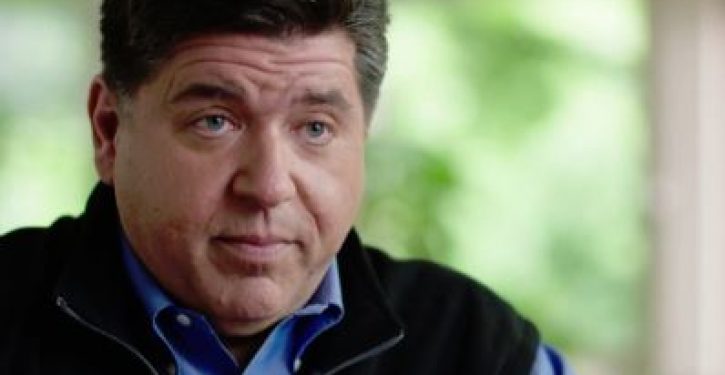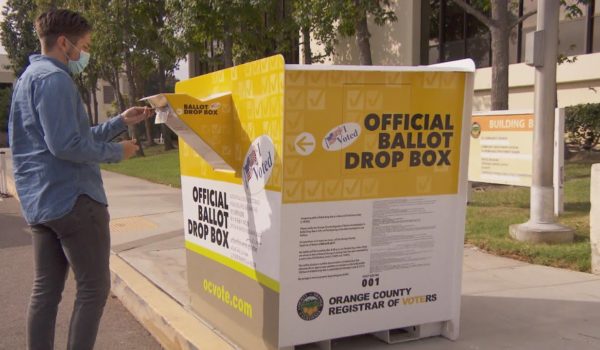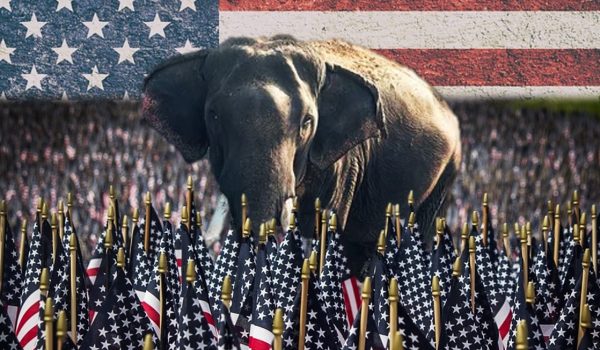
Should a school board have to obtain a teacher’s union’s permission to reopen the schools? Even when it is clear that school closures are harming kids, preventing them from learning, and doing nothing for their health? No!
But it might have to if a ballot initiative, Amendment 1, passes in Illinois. Reason Magazine reports:
Next week Illinois voters will decide whether to amend the state constitution to allow public sector unions to overrule any regulations that might constrain their power and influence.
Public Employee unions are portraying Amendment 1, called the Workers’ Rights Amendment, as a mechanism for preserving their powers of collective bargaining within the state’s constitution. But certain collective bargaining powers are already protected by state and federal laws. Certainly in Illinois, its powerful public employee unions have had little problem dominating politics and government for years. For instance, the Illinois constitution prevents lawmakers from scaling back future pension benefits for public employees (even if it threatens to bankrupt the state).
What Amendment 1 does is much, much broader than what the unions are admitting. It gives unions veto power over laws that control what public employees are and aren’t allowed to do. Amendment 1 says, “No law shall be passed that interferes with, negates, or diminishes the right of employees to organize and bargain collectively over their wages, hours, and other terms and conditions of employment and work place safety, including any law or ordinance that prohibits the execution or application of agreements between employers and labor organizations that represent employees requiring membership in an organization as a condition of employment.”…. The Illinois Policy Institute has been warning about the problems with this amendment for more than a year. Over at the Cato Institute, senior fellow Walter Olson also takes note of the massive potential problems:
[C]ourts may well interpret it to strike down a wide variety of state and local laws and policies that it will be argued should have been decided through bargaining rather than unilateral resolution by lawmakers or public managers. In particular, government employers would be obliged to negotiate questions in two elastic categories workers’ “economic welfare” and “safety at work.” Just such considerations have been advanced by, for example, police unions asserting an interest in the rules on violent engagement with citizens, and teachers unions asserting an interest in whether pandemic‐closed schools reopen. If courts agree, it will become unlawful for elected officials to pursue voters’ wishes on such questions without first negotiating them with worker representatives.
As the election finally approaches, the Illinois Policy Institute is pointing out that editorial boards at media outlets in the state are warning against the amendment’s passage….The Institute is also pointing out that one likely outcome of the amendment’s passage would be massive property tax increases.
The Chicago Tribune notes in its editorial opposing Amendment 1, “[S]ince the public sector also has to raise funds to cover its cost, the amendment seems likely to put pressure on property taxes and other sources of government revenues. We’ve not heard a viable counterargument to that. It certainly won’t reduce the size or expenses of government.”
In a September commentary in the Chicago Sun-Times, Mailee Smith, director of labor policy for the Illinois Policy Institute, calculates that homeowners in Cook County could end up paying an additional $3,000 in property taxes during the next four years. Smith’s overall point is that Illinois is already a heavily taxed state that is bleeding population as it is. The last thing the state needs is giving public employee unions even more power to make every single bill in the state a negotiated process that would drive more public money in their direction.
According to Ballotpedia, no newspaper editorial boards have yet come out in favor of passing Amendment 1.
An October poll conducted by Champaign, Illinois, CBS affiliate WCIA, in conjunction with The Hill and Emerson College, found that 53.7 percent of voters in the state supported the amendment’s passage. But because the bill amends the state’s constitution, it must reach a 60 percent threshold. If these numbers hold, it will fail. But the poll also found that 16.4 percent of voters are undecided. They will determine the amendment’s ultimate fate.
It would be bad to give teachers unions veto power over schools’ ability to promptly reopen. They already have too much control over education policy as it is now.
The political agenda of the teachers unions — not public health — was behind many school closures. School closure decisions were driven mainly by teachers “union influence and politics, not safety,” reported Reason Magazine. Jon Valant, a researcher at the liberal Brookings Institution, found that decisions to keep schools closed were driven by politics, not levels of “COVID-19 risk.”
Advocates of school closings claimed they were needed to protect people’s health. But by driving up obesity rates, school closings harmed students’ health. And shutting schools actually increases COVID-19 deaths, according to researchers at the University of Edinburgh.
“Schools do not, in fact, appear to be major spreaders of COVID-19,” said Brown University Professor Emily Oster. While a few students and staff have caught the coronavirus, this doesn’t show schools are dangerous: “Even if there were no spread in schools, we’d see some cases” among students and teachers, “because students and teachers can contract the disease off campus.” There is “little evidence that schools have contributed meaningfully to community transmission,” according to the federal Centers for Disease Control.
“Researchers from Yale University surveyed more than 57,000 U.S. child care providers.…They found no association between contracting the virus and exposure to child care,” reported the American Academy of Pediatrics. Studies find that children are much less likely to contract the virus than adults and also less likely to spread it.
In the past, the CDC has pointed out that closing schools “can lead to severe learning loss,” and that school closures kill more children than COVID. Moreover, “extended closures can be harmful to children’s mental health and can increase the likelihood that children engage in unhealthy behaviors.” As the head of the CDC noted in 2020, among the young, “we’re seeing, sadly, far greater suicides now than we are deaths from COVID. We’re seeing far greater deaths from drug overdose” due to school closings.
In Virginia, school closings contributed to the “biggest collapse in pass rates in the history” of standardized testing, notes journalist James A. Bacon. Schools where students learned only online had a 35.7% decline in pass rates, much worse than schools that remained open to in-person learning.



